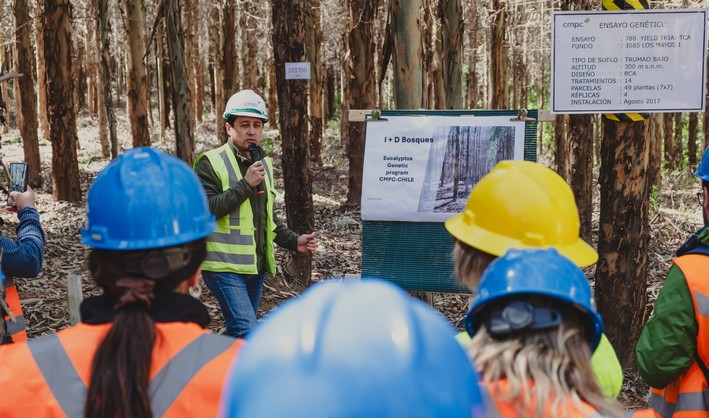The Evergreen and Lenga Forest Types Dominate Chile's Native Woodlands
- The country has over 14 million hectares of native vegetation, with environmental, social, and economic implications.
Native forests corresponding to the Evergreen and Lenga forest types maintain their dominance in Chile in terms of land coverage, according to the updated cartography of the Vegetation Resources and Land Use Survey by CONAF.
The country has a native vegetation cover of 14,727,711 hectares, distributed among the 12 officially recognized forest types (Alerce, Ciprés de las Guaitecas, Araucaria, Ciprés de la cordillera, Lenga, Coihue de Magallanes, Roble-Raulí-Coihue, Coihue-Raulí-Tepa, Esclerófilo, Siempreverde, Roble-Hualo, and Palma chilena) as established by Regulation No. 259 of DL 701.
Of this area, over 7 million hectares belong to the Evergreen (3,735,696 ha) and Lenga (3,732,486 ha) species.
"For the country and the general public, this information is extremely important due to its environmental impact, the sustainable development of the sector, and the economic effects for forest landowners. By clearly understanding the type of vegetation we have, we can plan the development of our territories through management plans submitted and approved by CONAF," stated Christian Little, Executive Director of the National Forestry Corporation.
To strengthen native forests, Chile has two funds that provide subsidies through separate competitions: one focused on conservation and sustainable management and another dedicated to research.
On the other hand, the cartographic report also indicates that species of the Nothofagus genus cover the largest area in the country, with nearly 8.4 million hectares.
Meanwhile, forests with evergreen species, present in the Evergreen and Esclerófilo forest types, are distributed across over 5.3 million hectares combined. The sclerophyllous or Mediterranean forests (1,575,817 ha) hold significant environmental relevance due to their high level of endemic flora and fauna. The southern Chilean evergreen forests carry immense economic importance because of their valuable species, such as lingue, mañío hembra, tepa, and ulmo.
Meanwhile, forest types associated with emblematic species, such as Alerce, Ciprés de las Guaitecas, Araucaria, Ciprés de la cordillera, and Palma chilena, cover a nationwide area of over 931,000 hectares.
Finally, regarding forest types with the highest number of management plans, Evergreen leads with 6,334, followed by Roble-Raulí-Coihue with 6,136, based on records from 2017 to date.

















